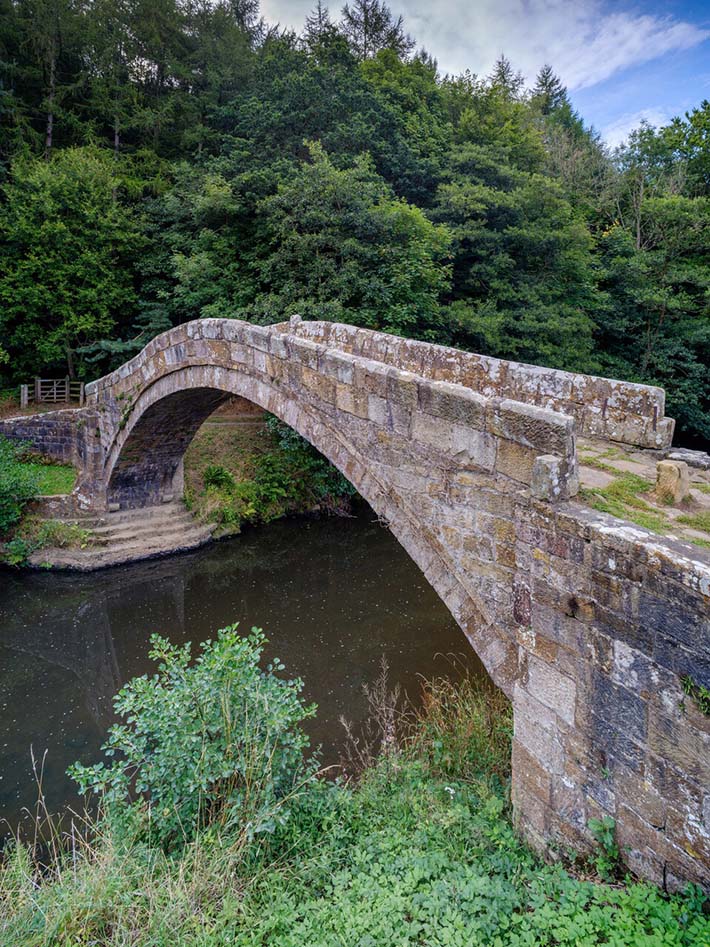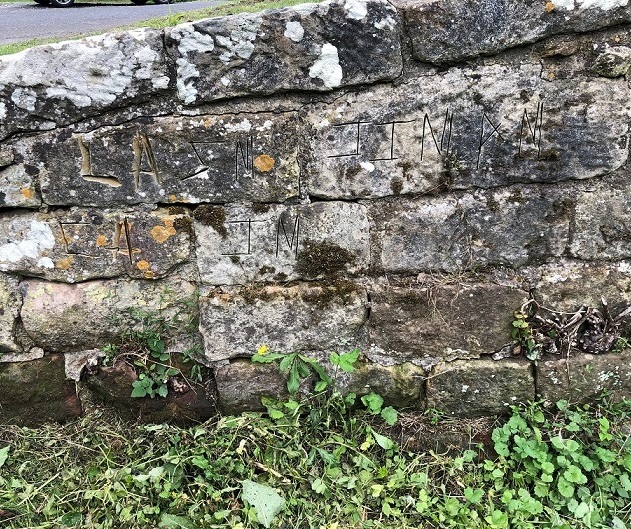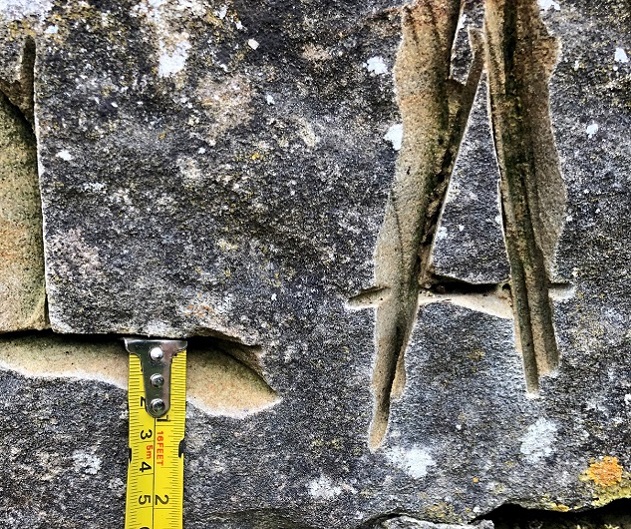Many readers will be aware of recent vandalism that occurred at Beggar’s Bridge, Glaisdale.
You can read the press release we issued at the time here.
Beggar's Bridge is a 17th-century single-arched packhorse bridge across the River Esk, on the eastern edge of Glaisdale village and the northern fringe of the North York Moors National Park. It is a Scheduled Monument and grade 2* listed.
The bridge was built in 1619 by Tom Ferris, a wealthy merchant who became Sheriff of Hull in 1614 and Mayor in 1620. Legend has it that he was originally the son of a poor Egton farmer and loved Agnes Richardson, daughter of a squire across the River Esk in Glaisdale. Ferris was rejected as a suitor and denounced as a beggar by the squire. He thus resolved to go to sea to seek his fortune, but was prevented from saying good-bye to Agnes by floods making the river impassable. After making his fortune in the Caribbean, Ferris returned to marry Agnes and built a bridge to help future lovers. It may also incorporate stonework from a 14th century bridge that had collapsed by 1577.

Beggar's Bridge is made from coursed sandstone. It forms a single arch spanning 15m (about 48 feet). The surface is paved with flagstones about 2m wide (6.6 feet), and there are parapets on both sides, rising about 0.75m (2'5"). The parapets rather oddly angle outwards and may be a later addition to the bridge. There is a carved datestone on the downstream facade (the south side), bearing the initials TF for Thomas Ferris. The bridge is reached by cobbled ramps, which do not have parapets. On the underside of the arch, near both abutments, are corbels that probably supported timber scaffolding used during construction.
In July 2023 The North York Moors National Park Authority were alerted to damage at Beggars Bridge. The damage is approximately 120cm long and consists of a series of letters carved into 4 separate pieces of stonework. The letters are as much as 1.5inch deep in places and are believed to have been created by an angle grinder. The width of the lower 2 damaged stones is believed to be only 6 inches and is backed by a rubble core. Concerns are given about the damage being deep enough to cause structural instability in these stones. The damage is in a prominent position on the Scheduled Monument facing onto the small car park.


The Scheduled Monument Consent is now through and has been verified by the Secretary of State.
The work to remove the graffiti will be done by Nigel Copsey, and will begin as soon as everything is agreed. Nigel has previously featured as a 'Person in the Park' in the Authority's Moors Messenger publication. You can now read this article and find out more about Nigel's work on our Community News page.
